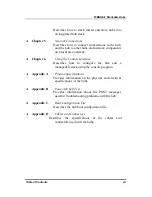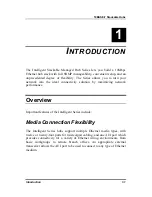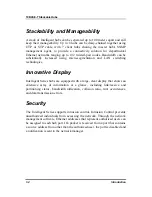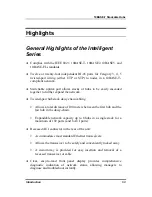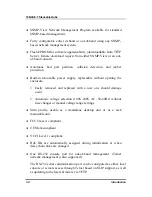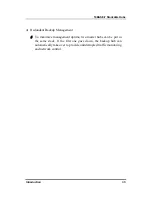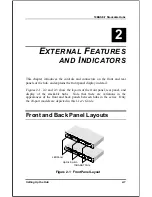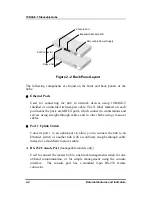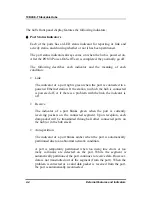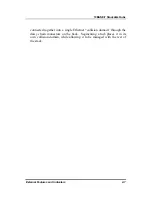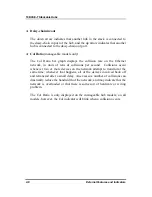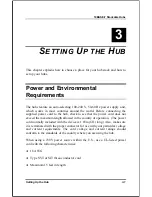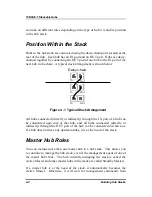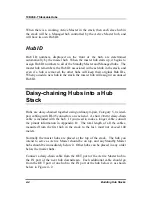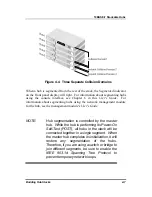Reviews:
No comments
Related manuals for 1824i - Hub - EN

MPC
Brand: Idem Pages: 2

852-112/000-001
Brand: WAGO Pages: 30

324002
Brand: AdLuminis Pages: 8

JKP115-801e
Brand: I-Tech Pages: 39

PMV WM Ultraswitch
Brand: Flowserve Pages: 16

SE-15V-16-L
Brand: NTI Pages: 15

QuantaMesh T1048-LB9M
Brand: QCT Pages: 34

HDR4X2
Brand: SMART-AVI Pages: 2

709FX Series
Brand: N-Tron Pages: 196

MediaHub Mini TA-3350
Brand: TeleAdapt Pages: 23

PX-6116
Brand: Inter-m Pages: 12

UserCenter 2
Brand: Guntermann & Drunck Pages: 20

U-1601
Brand: Rackmount Pages: 16

TE100-S16plus
Brand: TRENDnet Pages: 32

CTRLink EISK8P-GT
Brand: Contemporary Controls Pages: 4

HUB-SDM8
Brand: Campbell Pages: 10

KN9116
Brand: Altusen Pages: 2

ELK-M1DBHR
Brand: Elk Products Pages: 2

